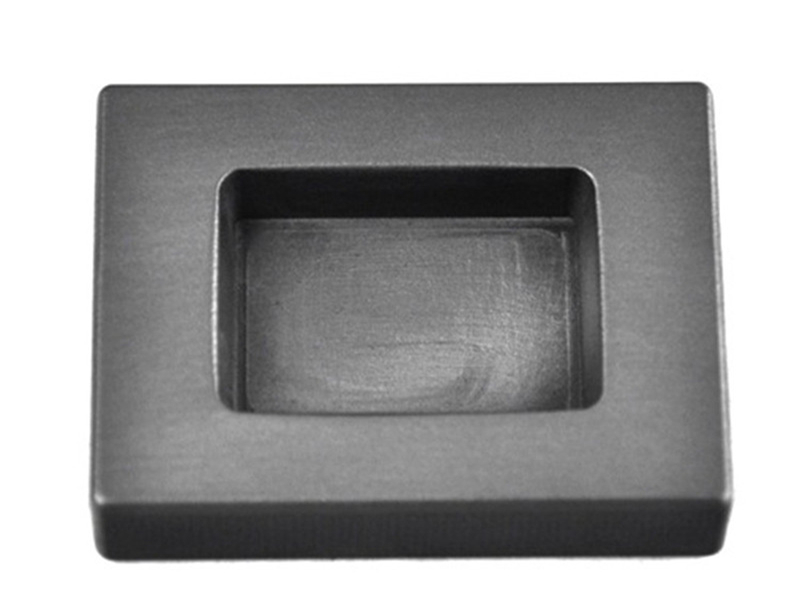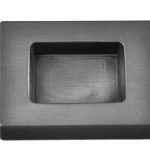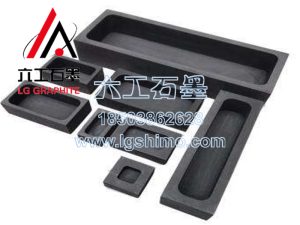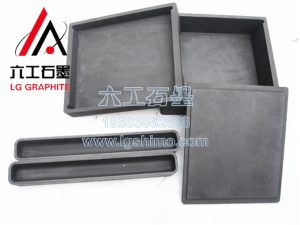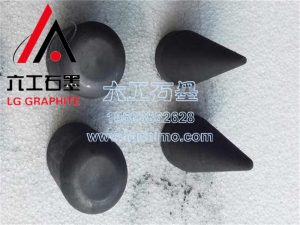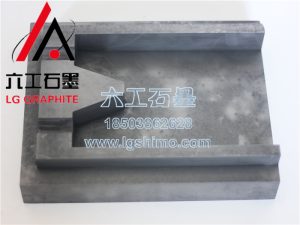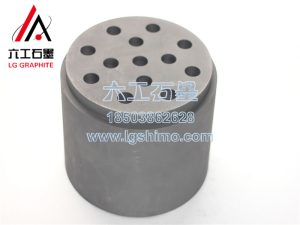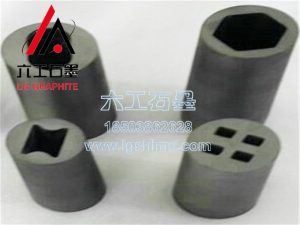Graphite saggar is also called electric heating graphite saggar. It is a graphite resistance heater, which is a kind of flameless atomizer for atomic absorption spectrophotometer. In 1959, the Soviet physicist Lviv first applied the principle of graphite saggar transpiration in atomic emission spectrometry to atomic absorption spectrometry, creating a flameless atomization method. The core component of the graphite saggar is a graphite tube. The sample is injected into the graphite tube through a micro-injection hole, and electricity is supplied to the graphite tube through the electrodes at both ends of the tube. The maximum temperature can reach 3000 ℃, and the sample is atomized in the graphite tube. Now, in order to improve the performance of the graphite saggar and improve the anti-interference ability, a new graphite saggar with precious metal lining and coating is being developed.
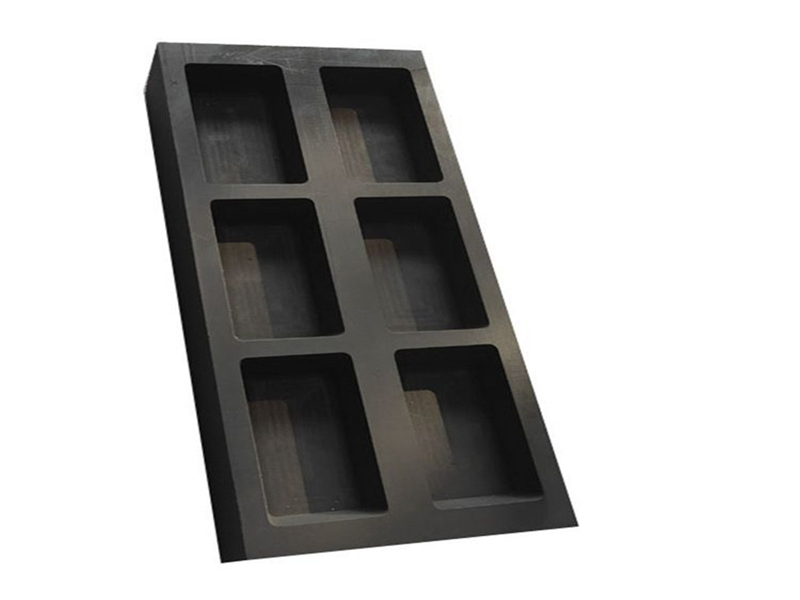
Graphite saggar has the characteristics of high density, high temperature resistance, oxidation resistance, long service life, etc., and is generally used as a container for loading materials during high temperature sintering. Graphite saggar, the side wall of the bowl is open to avoid the phenomenon of dust, improve the reducing high temperature sintering atmosphere, reduce the difficulty of controlling the oxygen concentration in the roller furnace, and improve the material performance; at the same time, the unit charging amount of the graphite saggar can be effectively increased. , reduce unit product energy consumption and unit product cost, economical and applicable.

